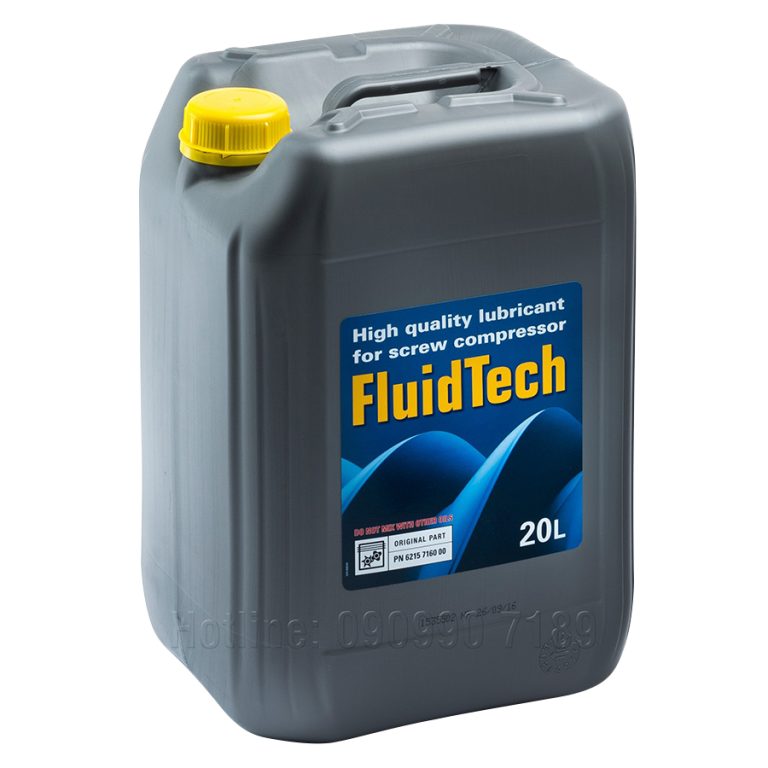
In a centrifugal compressor, there is only minimal contact between the air and the lubricant and the sump sizes are typically quite large, resulting in dilution of any contaminants.įor these reasons, it is rare for ambient air conditions to significantly affect fluid life, or have a detrimental effect on the running gear of the compressor. Understanding some common mistakes and misconceptions about water in compressor lubricants and the effect the environment has on the lubricants and the compressor is also key to a successful lubricant analysis program.įor centrifugal compressors, the significant air quality issues are particulate removal through filtration and the effect of acid gases on intercooler corrosion. Knowing what actions should be taken based on compressor lubricant analysis is important for success. Errors or omissions related to these elements can lead to unnecessary expenditures and lower reliability. These procedures, however, are best left to trained and licensed professionals, because the risk of compressor and system damage is very high, and handling refrigerants with dedicated recovery stations is always the best choice.There are several key elements that must be addressed to ensure an effective compressor lubricant analysis program.

If you're only replacing your compressor without doing any system flush (not recommended) then you only need to measure and replace any oil found inside the compressor and, again, you need to circulate any oil left inside the compressor (so that the reed valves won't get damaged by oil slugging) and then be careful about how the compressor is started up for the first time after this operation. In addition, remember that if you want to replace your system's oil you need, in addition to removing the compressor and draining any leftover oil from it, to flush the system of any remaining oil (and replace parts which can't be flushed, such as parallel flow condensers, receiver driers and TXVs), the oil needs to be balanced across the system so that the compressor neither seizes due to lack of oil nor it gets slugged during the startup, and the startup has to be done in a particular way. One with a different viscosity grade and a different chemistry. You would be using a lubricant oil not designed for your compressor. Ester oil is known as POE and POE, except for electric driven compressors and applications meant to convert R12 systems into R134A ones, is mostly used only in buses and coaches featuring very large AC systems and compressors (mostly V piston designs).ĭefinitely, Suniso S元2 is a big no no, in my own opinion. PAG and ester is different chemistry and if the compressor is meant for PAG oil and not ester there's a reason, and this reason is that the compressor is designed for the kind of lubrication provided by a certain oil viscosity and chemistry, so, again, be very careful about what A/C shops tell you.

In addition, Suniso S元2 is an ester oil, while what your system needs is PAG oil (careful how you handle these oils because, if you're not using Double End Capped PAG oil, they're both hygroscopic).

COMPRESSOR OIL ISO
If your compressor is rated for ISO 46 VG oil then lubing it with ISO 32 VG oil isn't a smart idea. I would tell you that what you need is nothing but PAG oil of ISO 46 VG viscosity grade, known as PAG 46 (be careful: PAG 46, not PAG46 YF, which is meant for R1234 refrigerant and contains a different additive package), but, if you want to be 100% sure, make sure that only original Denso ND8 oil makes it into your system (no equivalent products, only the original one).īe careful with oil viscosities. If it says Denso ND8, you need Denso ND8 (ND oil 8).


 0 kommentar(er)
0 kommentar(er)
